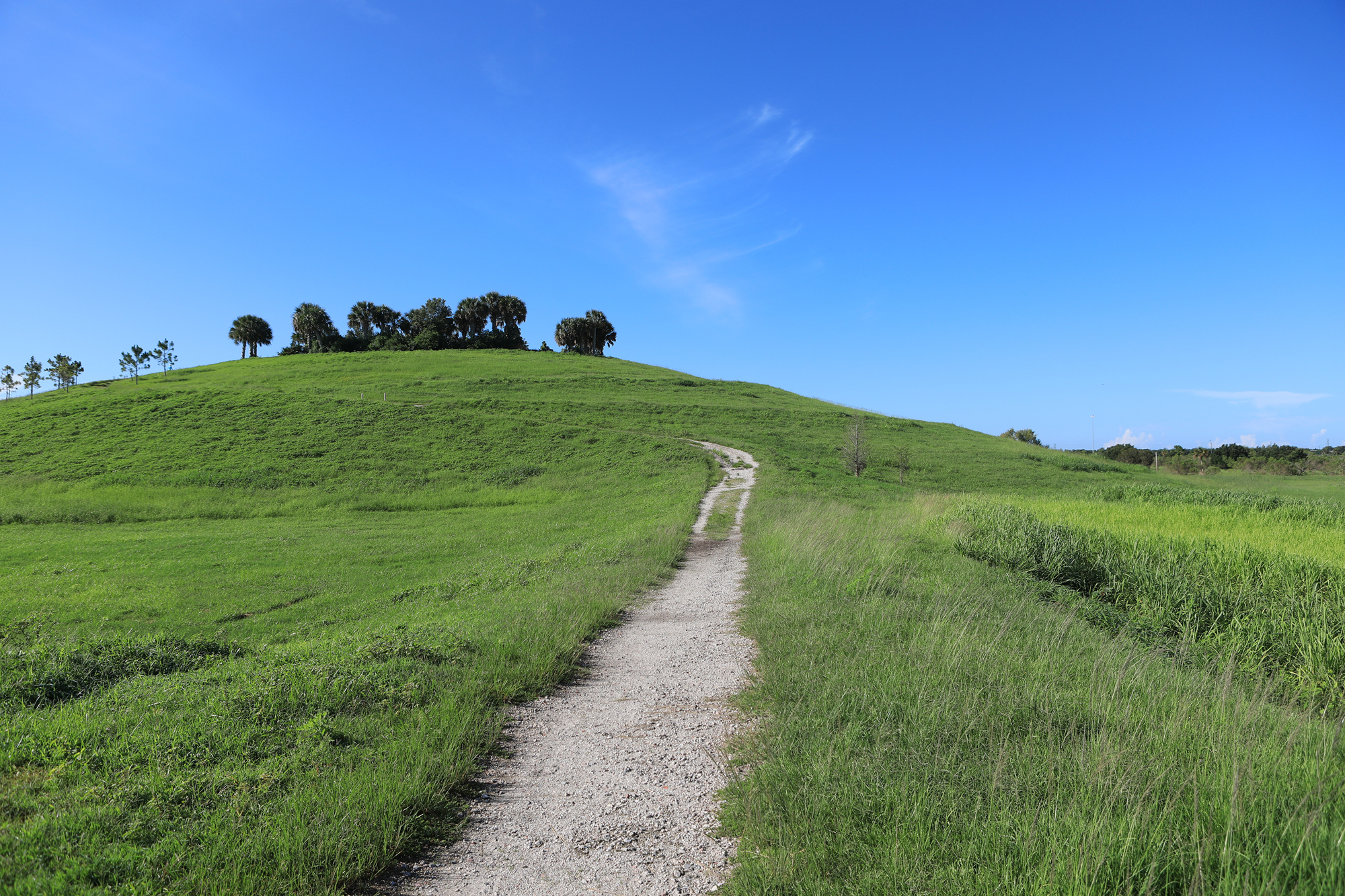
Sarasota Celery Fields
I showed up expecting rows of celery and found myself in a psychedelic Beatles daydream. Sarasota’s Celery Fields turned out to be a 400 acre wetland wonderland, not a farm, and I can’t stop humming “Celery Fields Forever.”
When I first heard about Sarasota’s Celery Fields, my brain didn’t think stormwater management or birding hotspot.
Nope. It went straight to John Lennon.
I pictured a scene straight out of a 1960s psychedelic music video: green celery stalks swirling into the sky, mist rising from the wetlands like stage fog at a Beatles concert, and the words “Celery Fields Forever” floating in technicolor over a sitar groove.
I laughed the whole way there, convinced I was about to stumble into some kind of agricultural Beatles homage, a field of celery that went on forever.
What I actually found was something much more fascinating.
 What Are the Celery Fields?
What Are the Celery Fields?
The Celery Fields is a 400 plus acre expanse just east of I-75 in Sarasota County. It is the county’s primary stormwater management zone, but that description doesn’t do it justice.
This place is a breathtaking combination of wetlands, open marshes, canals, boardwalks, and bird habitats. It is a spot where environmental engineering quietly works in the background while nature takes center stage. Think ecological function meets quiet beauty.
Instead of farming equipment, you will see birdwatchers with binoculars. Instead of celery rows, you will walk along winding levees and wooden boardwalks with sweeping views of the marsh.
My First Impression: “Where’s the Celery?”
I pulled into the parking lot genuinely expecting to see rows of vegetables and maybe a cheeky farmstand selling authentic Sarasota celery.
Instead, I was greeted by a cinematic sunrise over still water, birds calling in the distance, and a soft breeze moving through the marsh.
I actually laughed out loud. Parker Springfield, lifelong broadcaster and self-proclaimed explorer, totally fooled by a name.
But that miscalculation turned into a discovery I’ll never forget.
The Layout: Hidden Engineering in Plain Sight
The Celery Fields are divided into north, central, and south “cells,” each connected by canals and natural flow systems:
North Cells: Deep ponds that receive water from the Fruitville Road entry canal. Central Cells: The most visible section from the site’s elevated hill, these ponds help settle water naturally. South Cells: Water flows under Palmer Boulevard, eventually draining into Phillippi Creek.
In 2011, over 200,000 aquatic plants and trees were planted to enhance the wetland habitat. Two boardwalks were built so visitors could experience it without disrupting the ecosystem. It is subtle, smart design, and it works.
From Muckland to Celery Empire to Restoration
Originally, this land was a sawgrass marsh with rich peat muck soils. In the 1920s, canals were dug to drain it for farming.
By 1927, celery became the dominant crop, thriving in the muck with the help of lime, artesian wells, and an ambitious agricultural push. For decades, celery fields covered the area, which is why the name stuck long after the farms disappeared.
 Restoration and Renewal
Restoration and Renewal
By the mid 1990s, the land was acquired by the county and transformed from farmland into wetlands once again. Partnering with Sarasota Audubon, the county restored habitats, built boardwalks, and made it a public ecological treasure.
If you are a birder, this is hallowed ground. Since 2001, more than 246 bird species have been documented here, including wintering sparrows, marsh wrens, rails, black-necked stilts, limpkin, and barn owls.
Rare sightings such as Upland Sandpipers and Ash-throated Flycatchers give birders serious bragging rights.
Bring binoculars. You will want them.
Getting There: From I-75, take Exit 210 (Fruitville Road), head east, turn right on Lakewood Ranch Blvd, follow the traffic circle to Apex Rd, then turn left on Palmer Blvd. Parking is on the left after 0.3 miles.
Nature Center: The Sarasota Audubon Nature Center sits at the intersection of Center and Raymond Roads, a great starting point.
Things to Do: Walk or bike the levee trails Birdwatch and photograph wildlife Kayak or fish in designated waterways Join a guided walk through Sarasota Audubon
Keep in mind:
- The Celery Fields are Sarasota’s primary stormwater basin, protecting nearby communities.
- A refuge for countless species, from birds to aquatic plants.
- Public Access: It is a living classroom for anyone curious about Florida’s ecosystems.
- Restoration Model: A case study in turning farmland back into functional wetlands.
I came expecting celery and instead found a place that rewrote my mental soundtrack. Walking those boardwalks at sunrise, humming a Beatles tune, I realized this wasn’t just another local landmark. It is a living, breathing blend of Sarasota history, environmental brilliance, and natural beauty. There may not be celery here anymore.
But once you have stood out there and soaked it in, you will understand why I keep humming: “Celery Fields Forever.”

